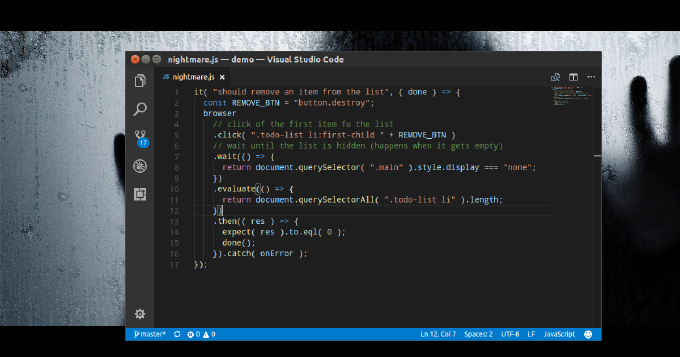Enhancing UX with LQIP: How to Build an Awesome Image Preview

Images in HTML, what could be easier? However when you have many of them on a page, they do not appear immediately. That depends on caching strategy and bandwidth, but still if you don’t take a special care it may look quite ugly. Basically we need to fill in the slots with something appropriate while images are loading. In other words we need placeholders. Probably the most prominent technique here is LQIP (low quality image placeholder).











